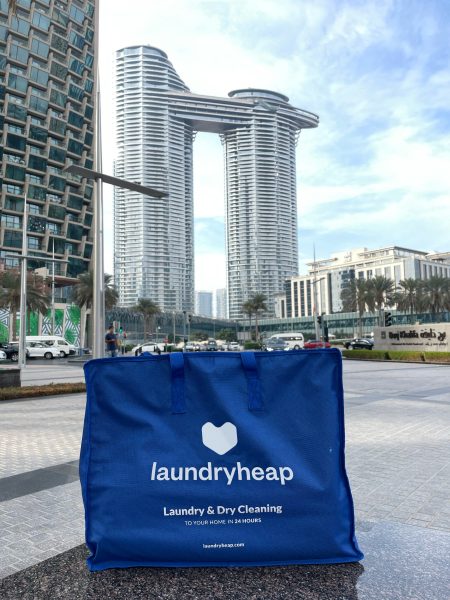Fast fashion has a huge impact on the environment, yet this is also the time of year when many people begin to shop for their summer wardrobe. Luckily, Lyn Bai, CEO of sustainable print provider NovaTomato, has revealed five simple, budget-friendly ways to make shopping for clothes more environmentally friendly.
#1 – Avoid unnecessary purchases
“The best strategy for sustainable shopping costs absolutely nothing,” Lyn says. “Before buying new summer clothes, shop your own closet first.
“Don’t get swept up in fleeting fashion trends that encourage you to buy an item that you’ll only wear once. Plus, you likely own perfectly wearable summer items that can be refreshed with different styling or a new pairing.”
#2 – Quality over quantity for new items
“If you do buy something new, make sure it’ll last. Check seams and fabric construction carefully, and consider how well the fabric will wash,” Lyn advises. “These small details reveal which garments will last years instead of weeks.”
#3 – Shop secondhand
Secondhand shopping offers both environmental benefits and serious savings.
“Thrift stores and online resale platforms keep perfectly good clothes in circulation longer,” Lyn points out. “You’ll find unique pieces that nobody else has, all while saving money. Plus, this is a great way to find items that fit with slightly older trends if vintage is more to your taste.”
#4 – Wash your clothing correctly
Proper clothing care makes a massive difference to garment lifespan, according to the expert.
“Washing in cold water and line-drying whenever possible can double how long your summer clothes last,” Lyn says. “These simple habits prevent fiber breakdown and slash energy use.
“Most people mistakenly believe only good-condition clothes can be recycled,” she adds. “Even completely worn-out items can get transformed into industrial rags, building insulation, or padding materials.”
#5 – Support sustainable brands
“Look for companies using recycled materials and transparent manufacturing,” Lyn recommends. “Many affordable brands now offer sustainable options, so this isn’t just for luxury shoppers.
“You can find local textile recycling drop-off locations through quick online searches. Many clothing retailers have also created take-back programs accepting worn-out garments for proper processing.
“Your clothing choices create major environmental impacts,” the NovaTomato CEO concludes. “Small changes in shopping and disposal habits can seriously reduce textile waste.”








